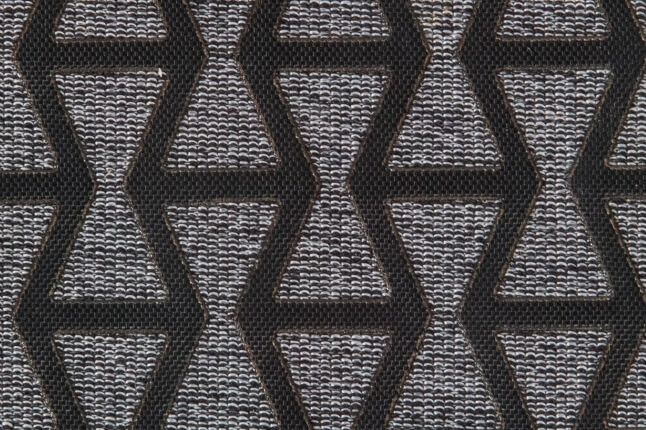News
Researchers investigate light-emitting defects in materials that could be used for quantum computers, quantum networks
Future quantum devices will need reliable, controllable systems that can store and convert quantum information, ideally at room temperature. One of the most promising systems is hexagonal boron nitride, which has defects capable of emitting single photons — or single quanta of light — at a time at room temperature.
Unfortunately, defects in hexagonal boron nitride have a problem: they emit light in a rainbow of different hues and researchers haven’t been able to figure out how to predict or control which color they emit.
Now, researchers at the Harvard John A. Paulson School of Engineering and Applied Sciences (SEAS) and Stanford University have developed a method to find the defects with nanometer-scale precision and classify and predict their color spectrum.
The research was published in Nature Materials.
Previous research suggested that hexagonal boron nitride’s rainbow emissions could have something to do with local distortions and strain near the quantum defect, which can drastically change the behavior of the emitter. The problem is, identifying the defects that give rise to quantum emissions is like searching for a friend in a city without a cell phone. You know they are there, but you have to scour the entire city to find their precise location.
Led by a collaboration between Prineha Narang, Assistant Professor of Computational Materials Science at SEAS and Jennifer Dionne at Stanford University, the researchers used theoretical and experimental techniques to understand the properties of these emitters. By combining calculations with advanced microscopic methods to visualize the material at different length scales and under different conditions, the researchers were able to trace the colorful emissions to specific atomic defects and investigate their properties.
“We needed to know how these defects couple to the environment and if that could be used as a fingerprint to identify and control them,” said Christopher Ciccarino, a graduate student in the Narang Lab at SEAS and co-author of the paper.
Using a modified electron microscope developed by Dionne at Stanford, the scientists were able to correlate the local, atomic-scale structure of hexagonal boron nitride with its emission spectrum. Through hundreds of experiments, they bombarded the material with electrons and visible light and recorded the luminescence. They also used diffraction experiments to study how the periodic arrangement of atoms in hexagonal boron nitride influenced the emission color.
“The challenge was to tease out the results from what can seem to be a very messy quantum system,” said Fariah Hayee, a graduate student at Stanford and first author of the work. “Just one measurement doesn't tell the whole picture. But taken together, and combined with theory from Narang’s team, the data is very rich and provides a clear classification of quantum defects in this material.”
“This process to predict and classify these quantum spectra could be transformative for a wide range of quantum materials,” said Narang. “It’s an exciting time to be a theorist. New microscopies that measure structure-property relations at the scale of single atoms are a great testbed for our predictions and drive our knowledge of optically-excited quantum materials forward. This research lights the way towards atom-by-atom design of quantum materials.”
Although the focus now is on understanding which defects give rise to certain colors of quantum emission, the eventual aim is to control their properties. For example, the team envisions deterministic placement of quantum emitters, with theory as a guiding beacon, as well as turning their emission on and off for future quantum devices.
This research was funded by the Department of Energy PTL EFRC, the National Science Foundation and the Betty and Gordon Moore Foundation. PN is a Moore Inventor Fellow.
Topics: Materials, Quantum Engineering
Cutting-edge science delivered direct to your inbox.
Join the Harvard SEAS mailing list.
Press Contact
Leah Burrows | 617-496-1351 | lburrows@seas.harvard.edu



